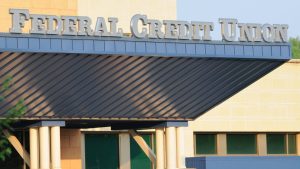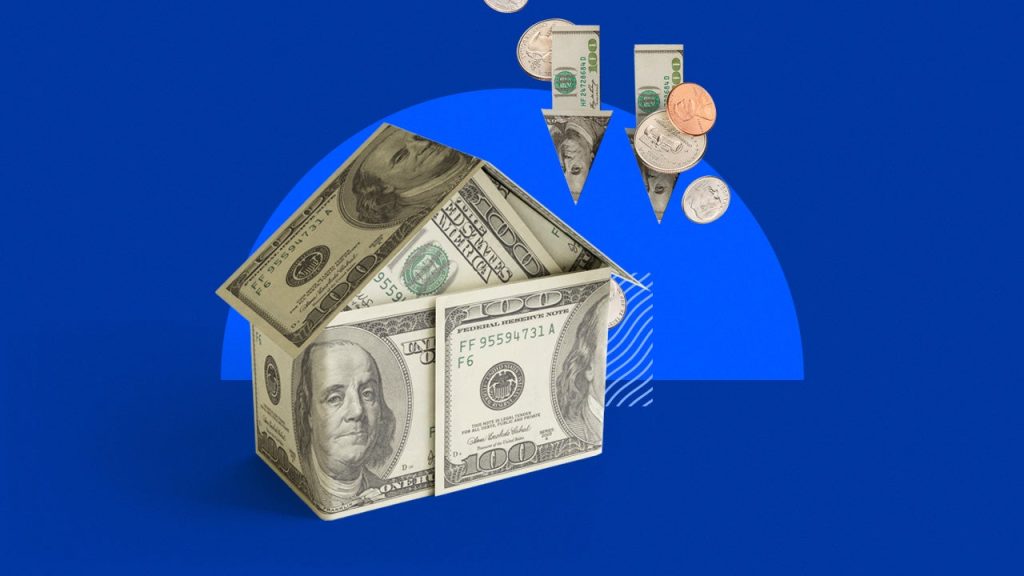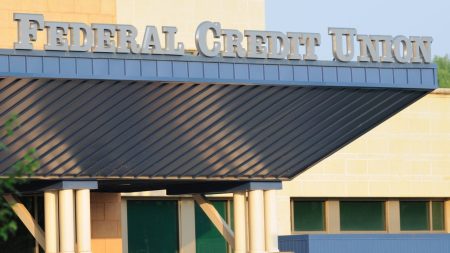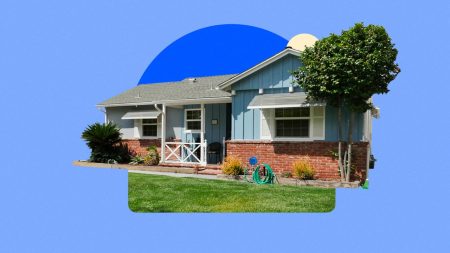Key takeaways
- A housing market recession or weakness could spur lenders to change the original terms of a HELOC (home equity line of credit) in a way that they can’t with mortgages.
- A serious dip in home values can cause lenders to lower your credit line or freeze it — preventing you from withdrawing more funds — or even demand full repayment.
- While such changes in your HELOC are unlikely, it’s smart to have a backup plan in case you can’t withdraw as much money as your lender originally approved.
The run-up in residential real estate prices of the last few years has made homes a rich source of cash. And with homes still selling at near-record highs, a drop in home values – and homeowners’ equity – seems unthinkable.
Yet some clouds are gathering on the homefront horizon. The pace of growth is slowing: “Home price appreciation is leveling off and tempering equity gains for homeowners across the U.S.,” according to the latest Homeowner Equity Report by Cotality, a property data analyst firm. The number of negative equity properties (whose owners owe more on the home than it’s worth) is inching up too. Add in to that growing fears of a recession, sparked by President Trump’s trade wars. Recessions typically cause prices and property values to tumble.
A decline in home values can make HELOC lenders nervous — because the home serves as collateral for the line of credit. When residential real estate prices collapsed during the Great Recession, for example, lenders abruptly closed, cut or froze previously approved lines of credit, leaving HELOC owners out in the cold.
Could that happen to your HELOC today if the real estate market crashes, or even just cools? Let’s find out.
The average mortgage-holding homeowner gained $4,100 in equity between Q4 2023 and Q4 2024, compared to $25,000 between Q2 2023 and Q2 2023.
How do home values affect HELOCs?
The country navigated through the inflationary conditions of the past few years without experiencing any economic slowdowns. Then, in 2025, tariffs came along, sparking turmoil in the financial markets. As a result, the odds of the U.S. economy entering a recession by March 2026 have risen to 36 percent, up from a series low of 26 percent in Q4 2024, among the economists surveyed in Bankrate’s latest Economic Indicator Poll.
Recessions often lead to reduced levels of real estate activity: Fewer people are willing or able to buy, which in turn softens home prices (as sellers try to stimulate demand). Most economists agree that a dramatic housing market crash isn’t likely, anticipating any market correction to be modest at the most. Still, the 2025 residential real estate scene shows signs of cooling off, with more listings, longer time on the market and an uptick in price cuts.
If you have a HELOC and the value of your home tumbles, you should be prepared for a few different scenarios.
Your HELOC limit can be lowered
If you haven’t drawn the full amount of your HELOC and home values in your area decline, your lender may reassess your available equity based on your home’s new market value. That could lead to a reduced credit limit.
For example, if your home was originally valued at $400,000 and is now worth $360,000 (a 10 percent drop), and you still owe $200,000 on your mortgage, your equity stake has decreased. If your lender allowed you to borrow up to 90 percent of your home’s value, your HELOC limit could be reduced from $160,000 to $124,000 to reflect the change.
Your HELOC could be frozen
Your lender could institute a HELOC freeze — that is, limit you to what you’ve already borrowed, regardless of the total amount of your line of credit.
Say you opened the HELOC to pay for a major kitchen renovation costing $100,000. If you tapped the credit line in one go, there’d be no change to your loan amount or payments: “If you’ve already drawn the [entire] HELOC, you’ll just keep paying as agreed,” says Ellen Steinfeld, senior executive vice president and head of Consumer Lending and Payments for Berkshire Hills Bancorp in Boston.
However, let’s say you’d withdrawn only $50,000, planning to pay the contractor half the fee upfront, and the other half upon the job’s completion. A freeze would effectively prevent you from taking out any more funds, even though you’ve technically tapped only half your available credit.
You could have to pay your HELOC in full
Most drastic of all: Your lender closes your credit line, and demands repayment immediately and in full. Can it do that?
Yes, indeed: A HELOC is a callable loan, meaning your lender could request that you repay some or all of it at any time. While that could theoretically happen if the residential real estate values plummet (as they did during the Great Recession), it’s more likely to occur only if you regularly miss payments. “As long as you adhere to the agreed-upon repayment terms, a decrease in home values alone does not trigger a demand for immediate full repayment of the borrowed amount,” says Matt Dunbar, Churchill Mortgage‘s senior vice president of the Southeast.
Borrowers worried about defaulting — essentially, not being able to repay what they borrowed — should talk with their lender to avoid this scenario, as it could result in the home being foreclosed upon.
Some lenders may decide to cap the amount of the HELOC you can use.
— Ellen Steinfeld
Senior executive vice president, Berkshire Bank
How homeowners can cope with HELOC changes
First of all: Don’t worry. Even if a recession occurs, drastic HELOC changes not as likely to happen nowadays: The financing scene has changed a lot since the anything-goes era that preceded the Great Recession. “Lenders have built in a bigger margin of safety, often requiring homeowners to retain a 10 percent to 20 percent equity stake [in the home],” says Greg McBride, Bankrate’s chief financial analyst. Still, it’s a possibility: “If home prices have a sustained slide, they’ll be quick to cut or freeze home equity lines as we saw in 2008.”
So how can homeowners cope? First off, before you accept any offer, be sure to read the fine print in your contract or agreement, as it should spell out the terms under which the lender could freeze, reduce or call in the HELOC.
Then, “to effectively manage changes to a HELOC, homeowners should adopt a cautious approach to borrowing. It’s wise to only borrow what is absolutely necessary and what can be comfortably repaid without financial strain,” says Dunbar.
You might also consider an alternative type of financing, such as a home equity loan. Unlike a HELOC, a home equity loan allows you to borrow a set amount all at once and then repay at a fixed interest rate, so the lender can’t adjust the amount of equity you can tap should home prices fall.
Final word on HELOCs and falling home values
Ultimately, Steinfeld doesn’t expect a repeat of the HELOC chaos that accompanied the global financial crisis of 2008, when lenders abruptly froze and even called in loans without warning borrowers. “One of the problems [back then] was a lack of communication,” she says. Today, if the housing market does take a turn to the extent HELOCs are affected, “we would be educating borrowers that we could cap the line.”
The bottom line, though, is that a HELOC comes with strings attached, and a prolonged or severe weakness in the housing market could spur lenders to change the original terms of the loan in a way that they can’t with mortgages. Because of this, it’s smart to have a backup plan — especially if you’re in the midst of a major home renovation project — in case you can’t pull out as much money as your lender originally approved.
HELOC FAQ
Read the full article here









